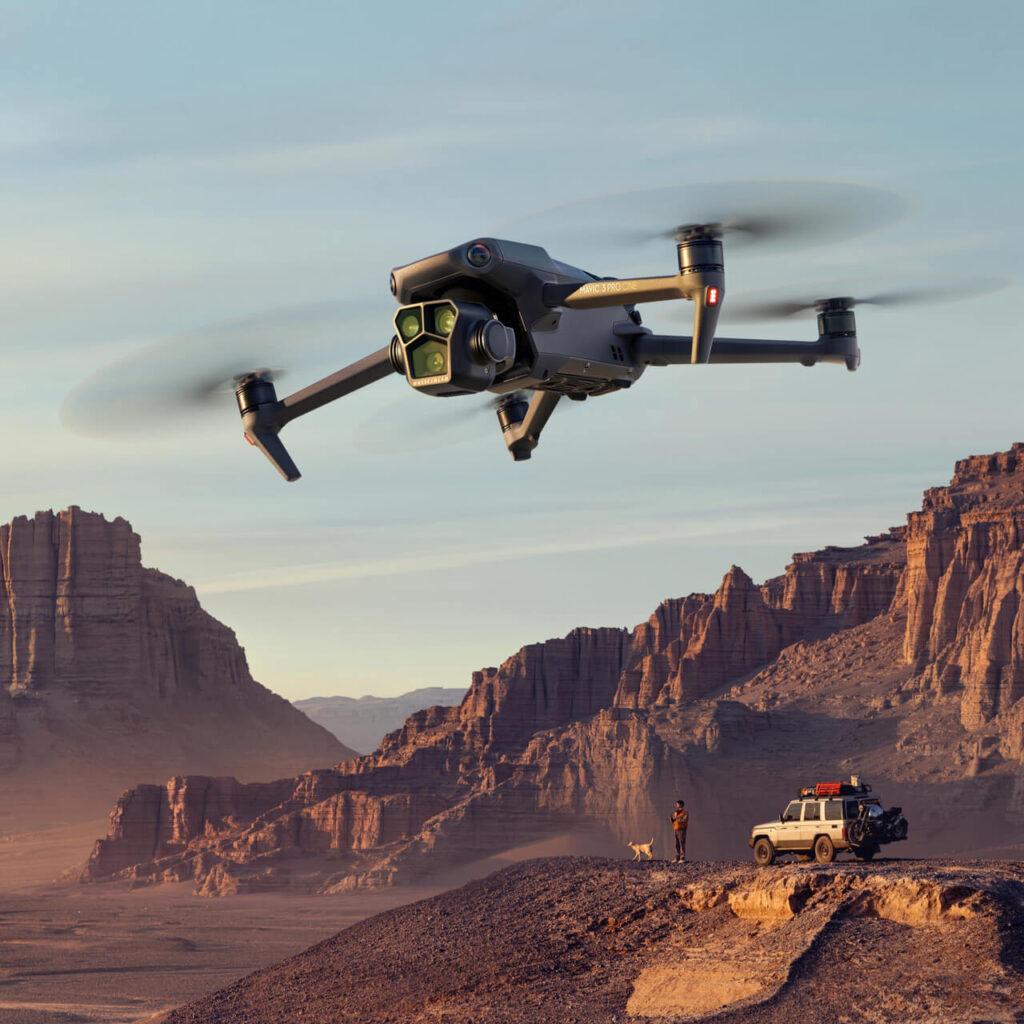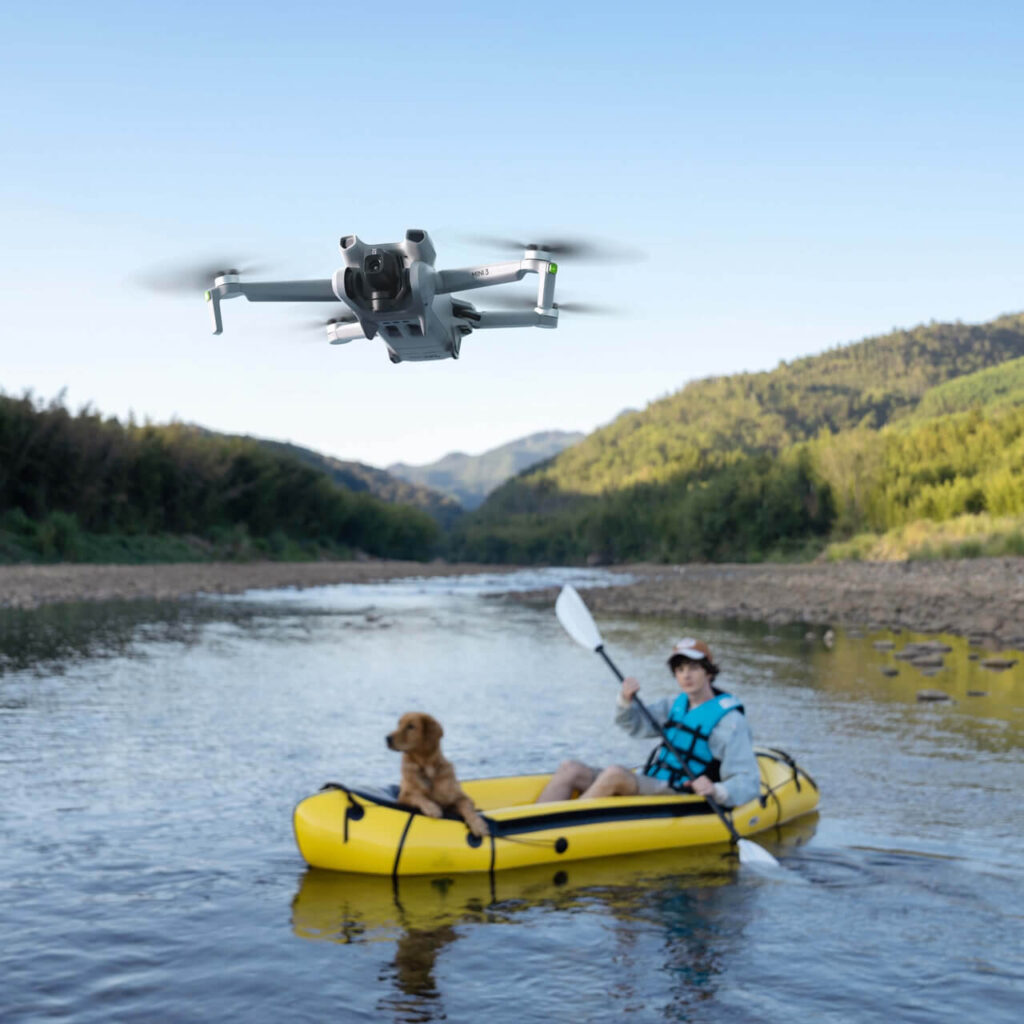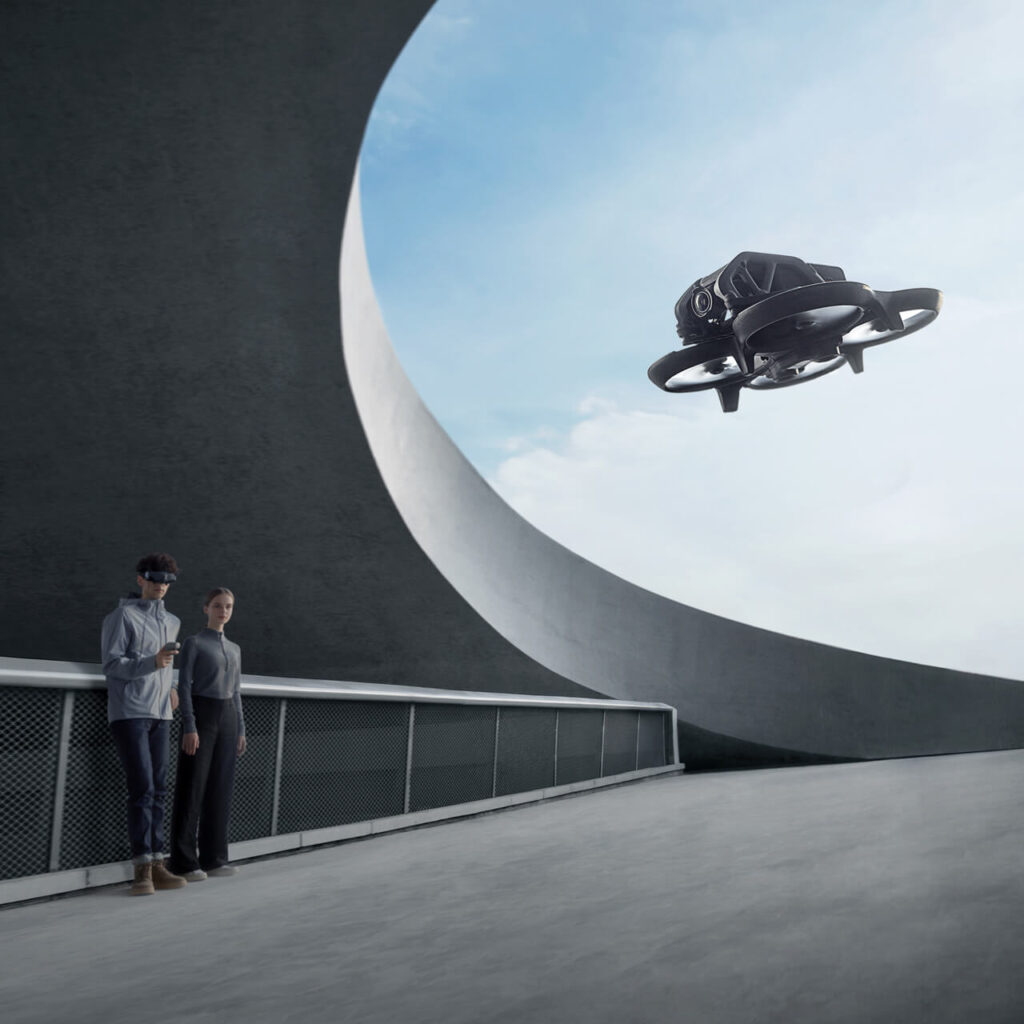DJI drones have taken the world by storm, revolutionizing the way we capture breathtaking aerial footage and explore the skies. The brand’s commitment to innovation and quality has made it a frontrunner in the drone industry, and its popularity continues to soar. However, flying a DJI drone requires more than just the drone itself; it requires a reliable and capable remote controller. In this comprehensive guide, we will delve into the world of DJI remote controllers, exploring the various options available, their features, compatibility, and the factors to consider when selecting the right one.
Overview of DJI Drones and Their Popularity
DJI, short for Dà-Jiāng Innovations, is a Chinese technology company known for manufacturing high-quality drones, gimbals, and cameras. They’ve produced a wide range of drones catering to both professional and recreational users. From the compact DJI Mini 2 to the powerful DJI Inspire 2, these drones have become integral tools for photographers, videographers, surveyors, and even enthusiasts who want to explore the world from a bird’s-eye view.
Introduction to DJI Remote Controllers and Their Importance
While DJI drones boast advanced autonomous flight capabilities, a skilled pilot still plays a pivotal role in controlling the drone and capturing the perfect shot. DJI remote controllers are the bridge between the pilot and the drone, allowing users to navigate, control the camera, and ensure a safe and enjoyable flying experience. These controllers are designed to provide precise, responsive, and intuitive command over the drone’s flight and camera functions, making them an essential component of the drone ecosystem.
Highlight the Different Types of DJI Remote Controllers Available
DJI offers a variety of remote controllers to cater to the diverse needs and preferences of drone pilots. These controllers are categorized based on their compatibility with different DJI drone models. Let’s explore these categories and the key features of each:
Understanding DJI Remote Controller Options
DJI Remote Controllers Based on Their Compatibility with Drones
- Standard Remote Controllers
- Advanced Remote Controllers
the Key Features and Specifications of Each Remote Controller Category
1. Standard Remote Controllers
Standard remote controllers are designed for DJI drones that are not part of the FPV (First-Person View) category. These controllers offer ease of use and essential features, making them suitable for most drone enthusiasts and professionals.
2. Advanced Remote Controllers
Advanced remote controllers are specifically tailored for FPV drones, which are built for a more immersive and acrobatic flying experience. These controllers offer a wide range of features, enabling experienced pilots to push the boundaries of aerial cinematography.
the Pros and Cons of Each Remote Controller Category
Standard Remote Controllers:
Pros:
- User-friendly and suitable for beginners
- Compatible with a wide range of DJI drones
- Some models feature built-in screens for enhanced visibility
Cons:
- Limited advanced features compared to advanced remote controllers
Advanced Remote Controllers:
Pros:
- Tailored for FPV drones, offering precise control
- Packed with advanced features like customizable buttons and low-latency transmission
- Designed for an immersive FPV flying experience
Cons:
- May not be suitable for beginners due to the complexity
- Typically more expensive than standard controllers
DJI Standard Remote Controllers
the DJI Smart Controller, DJI RC, and DJI RC Pro
2.1 DJI Smart Controller: This high-end remote controller features a built-in screen, eliminating the need for a smartphone or tablet to operate the drone.
2.2 DJI RC (Remote Controller): The standard remote controller that comes with many DJI drones, offering essential functions and compatibility with a wide range of models.
2.3 DJI RC Pro: An upgraded version of the DJI RC, providing enhanced features and functionality.
Understand the Features and Specifications of Each Standard Remote Controller
2.1 DJI Smart Controller:
- High-brightness screen for clear viewing in direct sunlight
- Intuitive user interface
- Long battery life
- Built-in microphone and speaker
2.2 DJI RC (Remote Controller):
- Standard design with customizable buttons
- Compatibility with multiple DJI drones
- Smartphone or tablet integration for screen display
2.3 DJI RC Pro:
- Enhanced transmission range
- Enhanced signal strength
- Built-in screen for a seamless flying experience
The Compatibility and Usage of Each Standard Remote Controller
2.1 DJI Smart Controller:
- Compatible with select DJI drones
- Ideal for users who prefer an all-in-one solution
- Suitable for professional applications
2.2 DJI RC (Remote Controller):
- Compatible with a wide range of DJI drones
- Ideal for beginners and recreational users
- Works well with most DJI apps on smartphones and tablets
2.3 DJI RC Pro:
- Enhanced compatibility with specific DJI drones
- Suited for advanced users and professionals
- Offers greater control over drone functions
Recommendations for Choosing the Right Standard Remote Controller
- Choose the DJI Smart Controller if you prefer an integrated solution with a high-brightness screen and do not want to rely on a separate device for your drone operation.
- Opt for the DJI RC if you are starting out or have a drone compatible with this standard controller, as it offers a good balance of functionality and simplicity.
- Consider the DJI RC Pro if you require advanced features and enhanced compatibility, especially for professional use.
DJI Advanced Remote Controllers
the DJI Mini Remote Controller and DJI FPV Remote Controller
3.1 DJI Mini Remote Controller: Designed for the DJI Mini 2, a compact and portable drone suitable for travel and recreational flying.
3.2 DJI FPV Remote Controller: Tailored for DJI’s FPV drones, offering precise control and a more immersive flying experience.
Explain the Features and Specifications of Each Advanced Remote Controller
3.1 DJI Mini Remote Controller:
- Compact and lightweight design
- Dedicated buttons for quick access to essential functions
- Long battery life
- Ergonomic design for comfortable handling
3.2 DJI FPV Remote Controller:
- Advanced control options for FPV racing and acrobatics
- Low-latency transmission for real-time feedback
- High-quality gimbals for precise control
- Compatibility with DJI FPV goggles for immersive flying
Discuss the Compatibility and Usage of Each Advanced Remote Controller
3.1 DJI Mini Remote Controller:
- Exclusively compatible with the DJI Mini 2 drone
- Ideal for travel and casual flying
- Easy to use, making it suitable for beginners
3.2 DJI FPV Remote Controller:
- Designed for DJI’s FPV drones, such as the DJI FPV drone
- Ideal for experienced pilots seeking a more exhilarating flying experience
- Offers specialized control options for FPV maneuvers
Choosing the Right Advanced Remote Controller
- If you own a DJI Mini 2 drone, the DJI Mini Remote Controller is the obvious choice, offering the perfect balance of portability and functionality.
- For FPV enthusiasts and racers, the DJI FPV Remote Controller is a must-have, providing the precise control needed for aerobatic maneuvers and a fully immersive experience.
Factors to Consider When Choosing a DJI Remote Controller
When selecting a DJI remote controller, there are several factors to consider:
4.1 Budget: Decide how much you are willing to invest in a remote controller. Standard controllers generally cost less than advanced ones.
4.2 Drone Compatibility: Ensure that the remote controller is compatible with your DJI drone model.
4.3 Features and Specifications: Consider the features that matter most to you, such as built-in screens, transmission range, button customization, and ease of use.
4.4 Personal Preferences and Flying Style: Your flying experience and preferences play a significant role in selecting the right controller. Novices may prefer simplicity, while experienced pilots might seek advanced features.
Accessories for DJI Remote Controllers
To enhance your experience with DJI remote controllers, consider investing in the following accessories:
5.1 Protective Cases: Keep your controller safe during transportation and storage.
5.2 Lanyard: Prevent fatigue during long flights by attaching a lanyard for easy carrying.
5.3 Sun Shades: Improve screen visibility in bright sunlight with sun shades.
5.4 External Antennas: Enhance signal strength and range with aftermarket antennas.
5.5 Battery Chargers: Ensure your remote controller remains powered throughout your flights with additional chargers.
Conclusion
In this comprehensive guide to DJI remote controllers, we’ve explored the different categories of controllers, their features, compatibility, and factors to consider when making your selection. The right remote controller can significantly impact your flying experience, so it’s crucial to make an informed choice.
Whether you’re a casual flyer, a professional photographer, or an FPV enthusiast, DJI has a remote controller to match your needs. Remember to consider your budget, drone compatibility, preferred features, and flying style when making your decision.
Choosing the right remote controller is not just about functionality; it’s about enhancing your enjoyment and success as a drone pilot. Explore the world of DJI remote controllers, and take your drone flights to new heights.
For more detailed information and to stay up-to-date with DJI’s latest remote controller offerings, visit the official DJI website and community forums. Happy flying!




